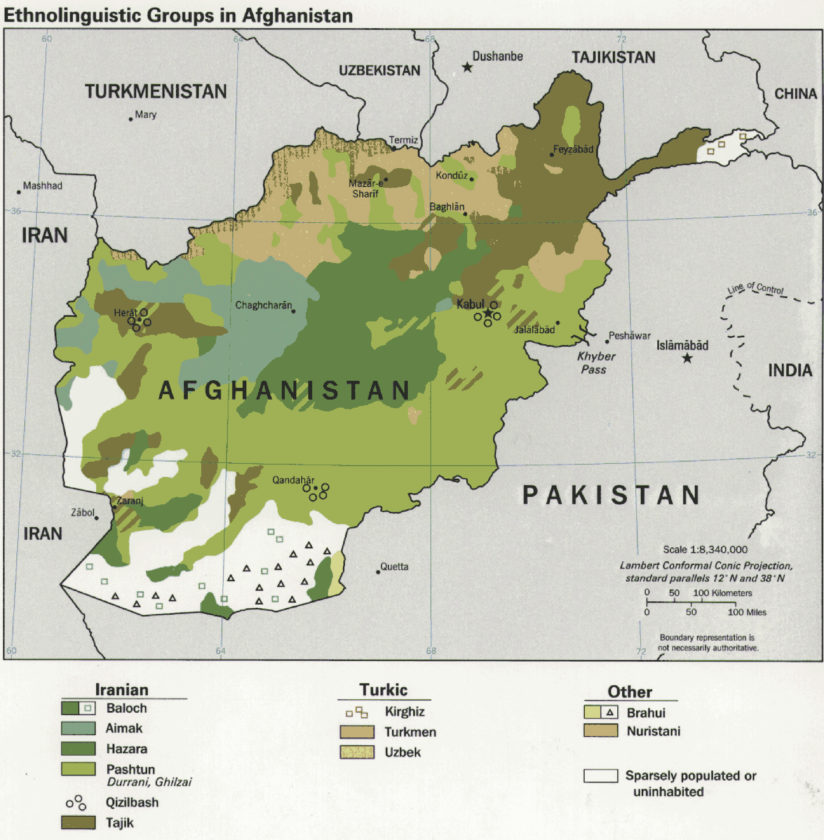The long, strange trip of Saddam
The people who believe Saddam is harmless are blinding themselves to the fact that our government has oil interests. The question I have been hearing lately in the news is, “Does Saddam still have chemical and biological weapons of mass destruction?” But the question seldom asked, or paid less attention to is, “How, and from where, did Saddam gain his weapons of mass destruction?” These devices of death have made him so powerful that he is now considered one of the biggest threats to our civilization.
The 1991 U.N resolution that ended the Gulf War was designed to dismantle all of Iraq’s biological and chemical weapons, including the machinery and precursors to make them, also including his entire nuclear-development program. By the end of December 1998, the U.N was able to confiscate or destroy 39,000 chemical munitions, 690 tons of chemical agents, 3,000 tons of precursors, 426 pieces of production equipment and a total of 817 Scud missiles. With all they had done by 1998, United Nations weapons inspectors knew, and had credible documents, which they claimed that they had confiscated, that proved Saddam’s arsenal of chemical weapons exceeded 6,000 chemical bombs.
The Bush administration is worried about the remaining bombs that are intact and hidden. When the International Atomic Energy Agency team went in after the Gulf War, it was able to uncover Saddam’s progress in making 44 pounds of highly enriched uranium necessary to fuel one bomb. These documents and highly secretive evidence seem to be showering our media these days. It is funny how the media is able to produce so much at the right time. Why wasn’t this all over the news 10 years ago? After all, this was the time when our troops were battling the front lines of Saddam, or even a decade ago when Saddam was actually using these things?
Regarding the history of different nations, I am saddened by our media’s simplistic and passive interpretation. It is essential that we know that it is history that has shaped today’s world, and it is from history that we will evaluate the future. For us to understand Saddam’s rampage would be through the interpretation of history and the people who have been the victims of his rampage.
The first major blood-spilling of Saddam’s career was in the eight-year war between Iraq and Iran, but the sole reason of Saddam’s existence and popularity was Iran. Iran’s 1979 revolution poured fear in to the world’s oil industry. Khomeini, an old exiled mullah (high religious class) was able to overthrow Iran’s puppet government and the 2,500-year-old dictatorship system. The U.S support of the shah (dictator), which few dared to question, made him the super power of the region. Mohammed Reza Pahlavi (shah) was quite popular in the Western Hemisphere, especially with his large loans of money to Europe and the United States. With the support of the majority living in Iran, Khomeini’s grown radical movement was able to overthrow the shah. The United States not only lost its stronghold in the Middle East, but had no more free riding of Persian Gulf’s recourses. So the United States began looking for options that would put an end to the Iran affair.
There was also a religious reason why the Arab countries disliked Iran’s revolution. The increasing popularity of the second-most dominant root of Islam, the Shiites, was causing much concern for the majority-dominated Sonnies of the Islamic world. Due to religious differences, the majority of Sonnies living in Saudi Arabia and other parts of the world have always had differences with the Shiites. The way Protestants look at the Mormons is how the Sonnies look at the Shiites, but not as severely. The Shiites look at the Sonnies kind of like how the Protestants look at the Catholics in Northern Ireland. Due to Khomeini’s successful revolution against a Western-led dictator, the Shiites were becoming increasingly popular in the Middle East.
Soon both Arab countries, which in majority were Sonnies and the United States began looking for their Man of the Hour, the shining sabre, a person who could put an end to the expansion of Khomeini’s Shiites. Saddam was the perfect candidate for the job.
Sawber Seifian is political science major at PSU and a frequent contributor to the Vanguard.
Read Friday’s Vanguard for Part 2 of “The long, strange trip of Saddam.”




